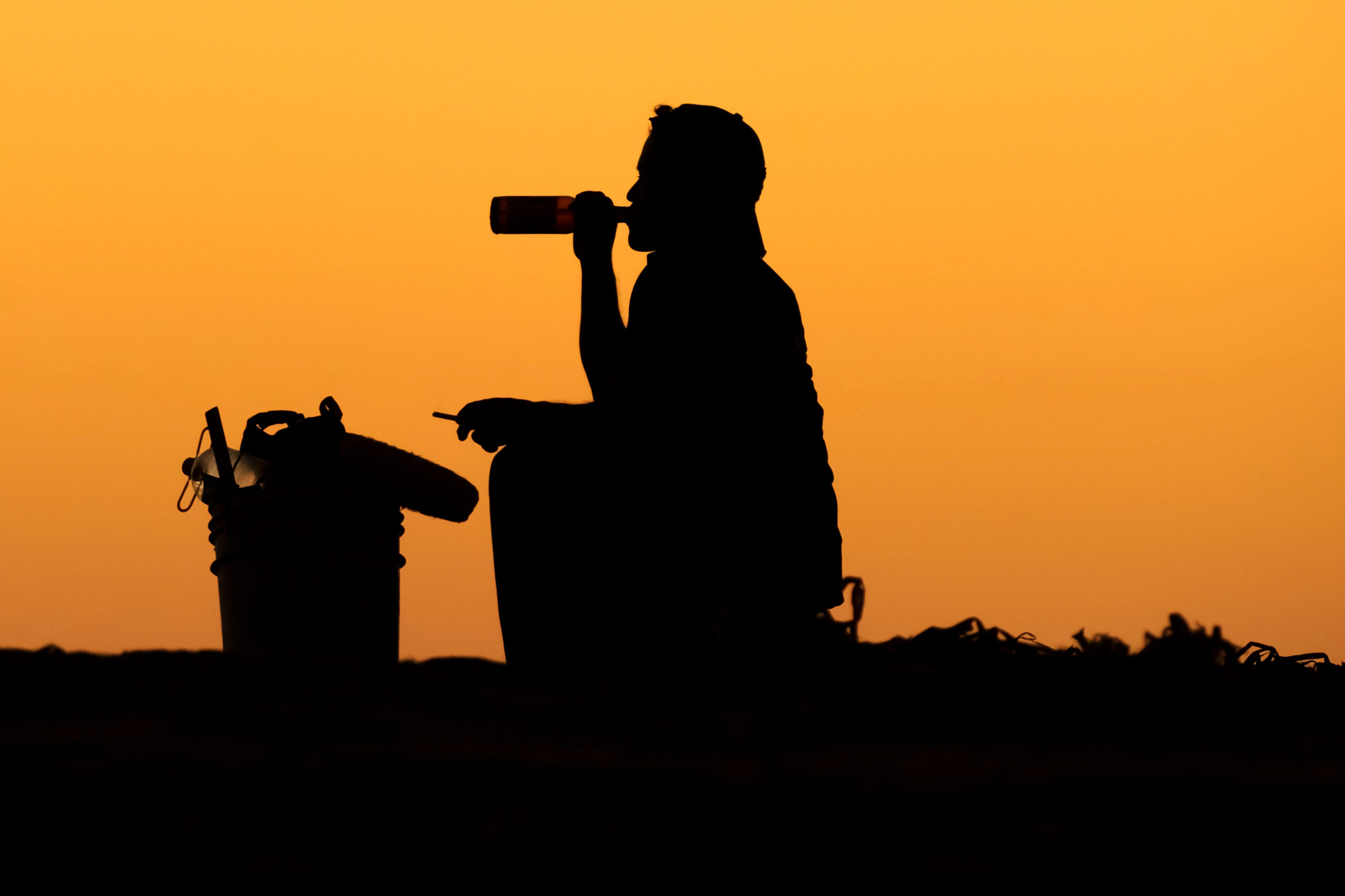With the December holidays in the rearview mirror and many embracing their resolutions for a Dry January, The Standard took a clear-eyed look into a new analysis of the region’s drinking and smoking habits.
Most Bay Area counties binge-drink more often than the national average, according to a December report by the Centers for Disease Control and Prevention (CDC) based on telephone survey data collected in 2020.
Sonoma and Napa counties, both famous for their vineyards, have the largest share of heavy drinkers in the region. The CDC estimates that more than 17% of residents in both counties binge-drink at least once in a 30-day period. San Francisco was the only other county that broke the 17% threshold, while Alameda was the only county with a lower binge-drinking rate than the national average.
The CDC defines “binge drinking” as imbibing four or more drinks on one occasion for women and five or more drinks for men.
While 17% doesn’t place the top three counties far ahead of the national average of 15.5%, Professor Glenn-Milo Santos cautions about the consequences of overindulging.
“The majority of the deaths from excess alcohol consumption are attributed to binge drinking,” said Santos, a UCSF epidemiologist who studies binge drinking and alcohol-use disorder.
On top of the myriad of health problems it can cause for individuals, binge drinking costs the U.S. economy an estimated $150 billion, spurred by the price of sickness, alcohol-fueled accidents and the loss of productivity when hangovers turn into sick days off from work, Santos added.
While binge drinking is universally found across all ages, genders, races and ethnicities, the practice has been shown to be more common among men and people under 35 years old, Santos said. So it’s not surprising that in San Francisco, younger neighborhoods with more vibrant nightlife scenes are drinking hotspots. The Marina, Castro and Haight-Ashbury communities all have a larger share of binge drinkers than the national average.
Local health researchers have also found that there’s a higher density of places to buy alcohol in many of San Francisco’s central neighborhoods, which could also contribute to the higher binge-drinking rates, Santos said.
Meanwhile, family-heavy neighborhoods in the south and west of San Francisco, including the Outer Sunset, Excelsior and Parkside, binge drink less than the typical American community.
Where Are the Smokers?
While many in the Bay Area clearly enjoy drinking, smoking is far less popular in the region, the data shows.
Every county in the Bay Area smokes less than the national average of 14% of adults. Solano, Sonoma, Napa and Alameda counties have the highest concentration of smokers in the region, ranging from 10% to 11.6% of adults who report that they currently smoke at least sometimes and have smoked more than 100 cigarettes in their lifetime.
The Bay Area, and California as a whole, has far more social norms and public health policies that discourage smoking compared with other parts of the country, Santos said. Many parks are supposed to be smoke-free, there’s clear signage marking “no smoking” zones and indoor smoking is prohibited statewide. That stands in contrast to other parts of the country that still have more lenient regulations about lighting up.
The state’s policies appear to be working. In San Francisco and San Mateo counties, only around 9% of adults smoke, and in Santa Clara and Marin the figure is as low as 8%.
Smoking rates within San Francisco do climb as high as almost 18% on Treasure Island, and people in the Tenderloin and Bayview-Hunters Point communities are also more likely to smoke than residents in other parts of the city.
Interestingly, the Castro and the Haight—both drinking hotspots—have some of the city’s lowest smoking rates—of tobacco, anyway.
